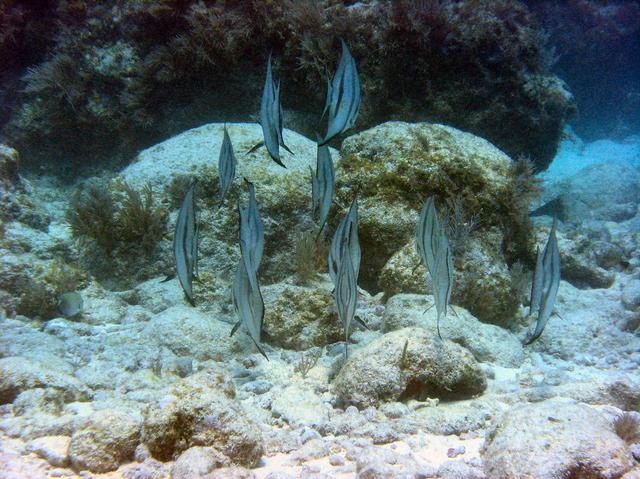H2Andy:wow, those are really nice pics.
archman, a challenge: is that a hawksbill, a green, or a ridley turtle?
(my answer: hawskbill)
Here's another challenge... In my first post, I refer to said turtle as "he", quite possibly incorrectly. Can anyone identify whether said carapaced entity is a male or a female? I have additional photos if another angle might give more perspective on this important question.
Dave




